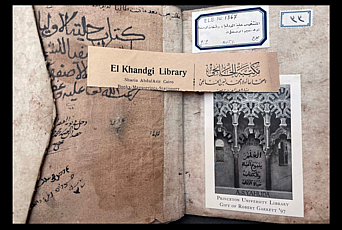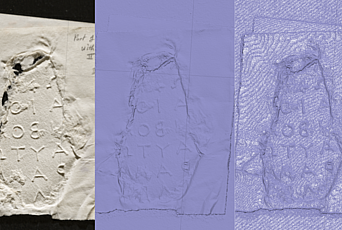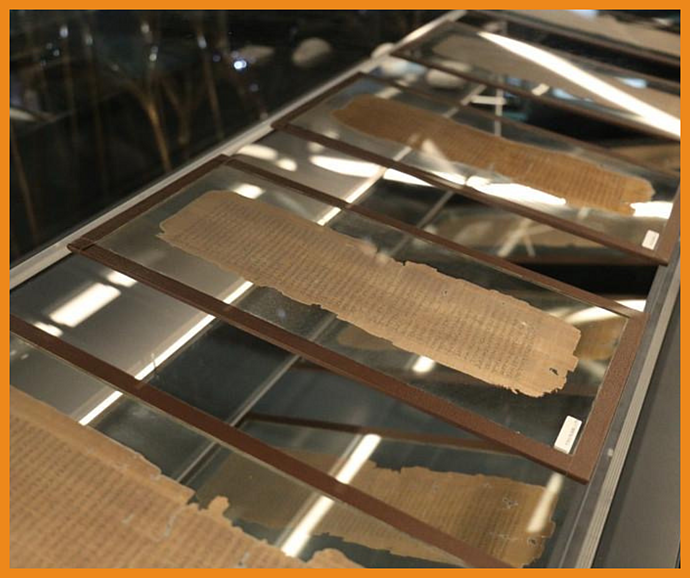
IAS Scholar Debuts Exhibition of Third-Century Papyrus Book at the National Library of Spain
Renowned papyrologist Sofía Torallas Tovar from the School of Historical Studies, with co-curator Raquel Martín Hernández, professor of Classical Philology at the Complutense University of Madrid, has opened a new exhibition exploring the history and influence of Ezekiel’s Papyrus at the National Library of Spain.
The exhibition, titled The Papyrus of Ezekiel: The history of the P967 codex invites visitors to view both original pages of the papyrus and digital recreations of the text in a journey that traverses both centuries and civilizations. It will be on display at the Library until November 1, 2025.
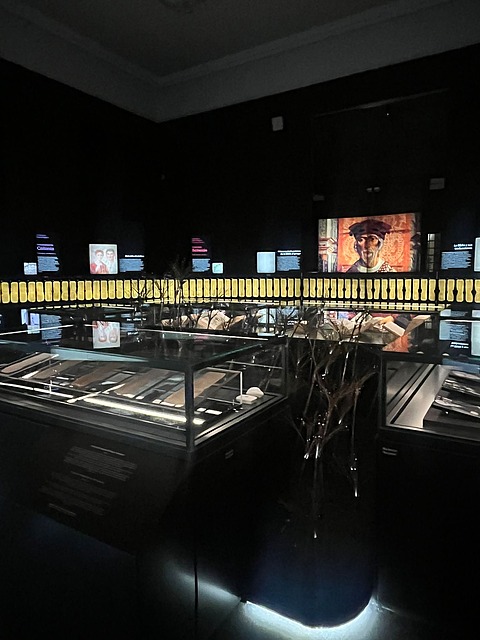
Ezekiel’s Papyrus, believed to date back to the third century C.E., was discovered in the Necropolis of Mir in Egypt in the late nineteenth or early twentieth century. It originally held 236 pages of the biblical texts of Ezekiel, Daniel, and Esther translated into Greek. In collaboration with the Friends of the National Library of Spain Foundation, the displayed manuscript, provided by the Pastor Foundation of Classical Studies, includes ten sheets of the original papyrus, five of which will be displayed during the first three months of the exhibition, and the other five during the final months. As a foundational manuscript of the Old Testament, such sheets are evidence of a technological innovation made during the time of its writing—the transition from rolls of papyrus to folded and bound codices—a development highlighted in the exhibition.
In addition to displays of the papyrus, five showcases offer reproductions of objects used for writing in ancient Roman times, other biblical texts in Greek and Hebrew, and prints of Ezekiel made by Michelangelo and Raphael, uniting visitors with the tools and technologies that produced the Papyrus.
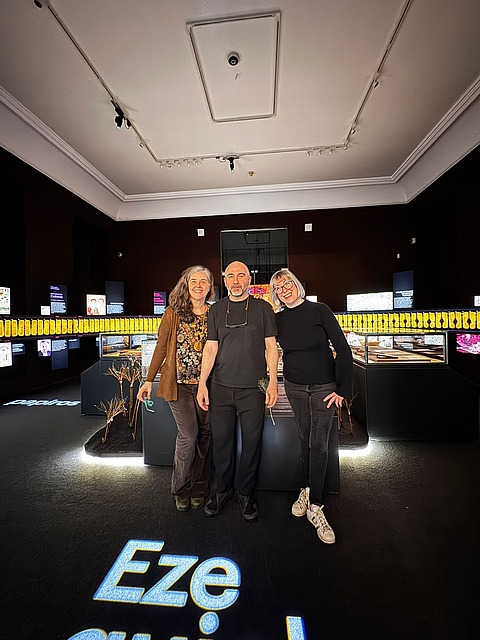
The exhibition further emphasizes that the journey of the papyrus is much like that of other antiquities: it was sold in pieces to the highest bidders during the antiquities boom of the nineteenth and twentieth centuries, and later disseminated to several collections, universities, and museums throughout the world. While all 200 existing pages of Ezekiel’s Papyrus cannot be physically brought together due to this history of distribution and dispersal, the exhibition reunites the distant pages through a virtual display, showing all parts of the document, currently housed at the Chester Beatty Library in Dublin, Princeton University, the University of Cologne in Germany, and the Abbey of Montserrat in Barcelona.
Beyond the term of this exhibition, a digital facsimile of all 200 existing pages of Ezekiel’s Papyrus will also be made available through an online catalogue, preserving the work for future scholarship and appreciation of its cultural and historical value.
Read more about the exhibition on the National Library of Spain website.

